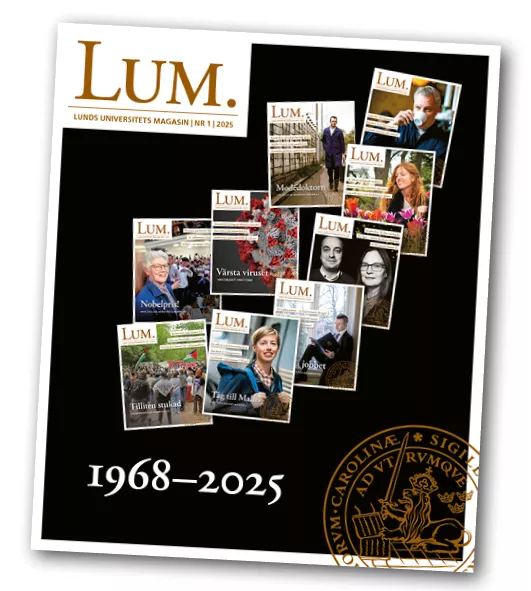“It is fantastically exciting to work in a research field where so much is happening. The research and the progress in treatment that have taken place in recent decades are so tangible to patients.”
Jan Astermark is a professor of coagulation medicine at LU and a consultant in haematology and coagulation. In 1993, he publicly defended his doctoral thesis on coagulation factor X and in January 2020 the first clinical trial for gene therapy treatment in the Nordic Area was conducted at Skåne University Hospital for patients with haemophilia.
That the clinical trial was located in Malmö is a direct consequence of Jan Astermark’s research and LU’s strong research environment. Malmö’s good reputation in clinical coagulation medicine goes back to the 1950s, when former researcher Inga Marie Nilsson’s work laid the foundation for international success.
Monitoring the patients
“In the current gene therapy studies, four patients with severe haemophilia B have been treated so far and the results are very promising. Patients who were previously forced to receive around 150 injections per year to prevent bleeding did not need to have any such injections for this purpose after the new treatment.”
The gene therapy works through a carrier molecule or vector (often in the form of a kind of virus) with healthy genetic material being introduced into the patient via intravenous drip. The carrier molecule finds its way through the circulatory system to its target which, in this case, is the liver, which produces the coagulation factor. Once there, the carrier molecule drops off its healthy genome/gene, which makes its way into the cell’s nucleus and starts producing the missing coagulation factor.
The patient is carefully monitored over a long period. Many samples are tested both before and after treatment, to ensure that the body does not immunologically destroy the relevant liver cells, among other things. One severe complication to the current factor treatment is namely that around one third of all patients with severe haemophilia get antibodies against the protein – which is foreign to the body – introduced via the injections.
Improved quality of life
“My research focuses on how to optimise the treatment for patients both with and without antibodies, and how these complications can be avoided and managed as they further increase the risk of bleeding in all the tissues in the body. Hopefully, in future, gene therapy will become a valuable and effective treatment option for patients regardless of whether or not they have developed antibodies.”
Jan Astermark hopes that gene therapy treatment will be approved by the European Medicines Agency over the next few years.
“We don’t know whether patients are cured by gene therapy or whether the effect fades after a certain time, but the results so far are promising and have tangibly improved quality of life for haemophiliacs who can avoid injections and get to live a more normal life.”
Read more in the article below.




